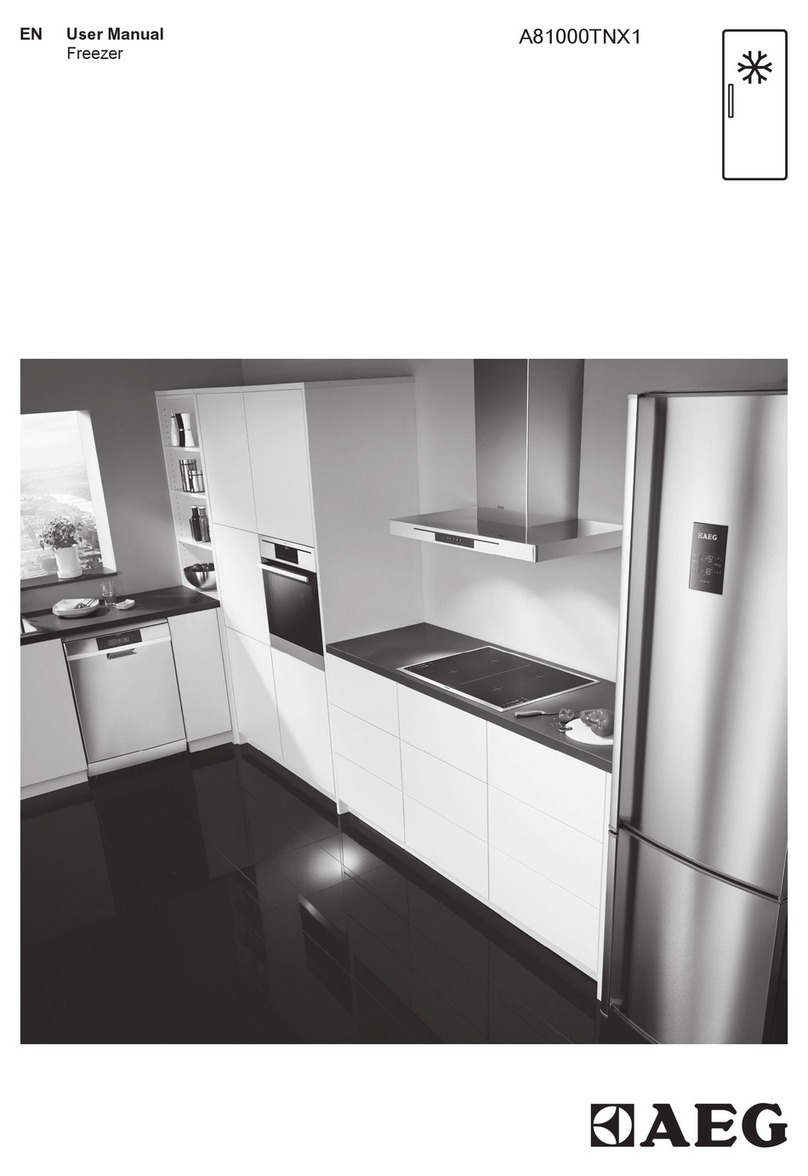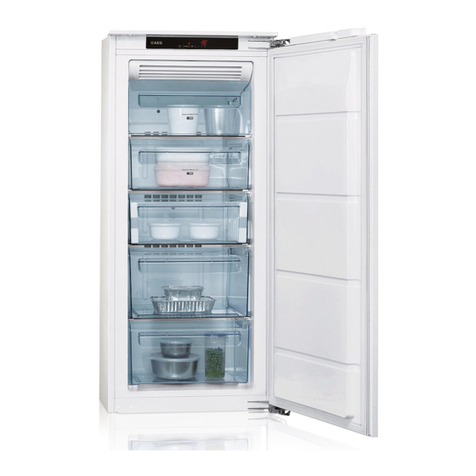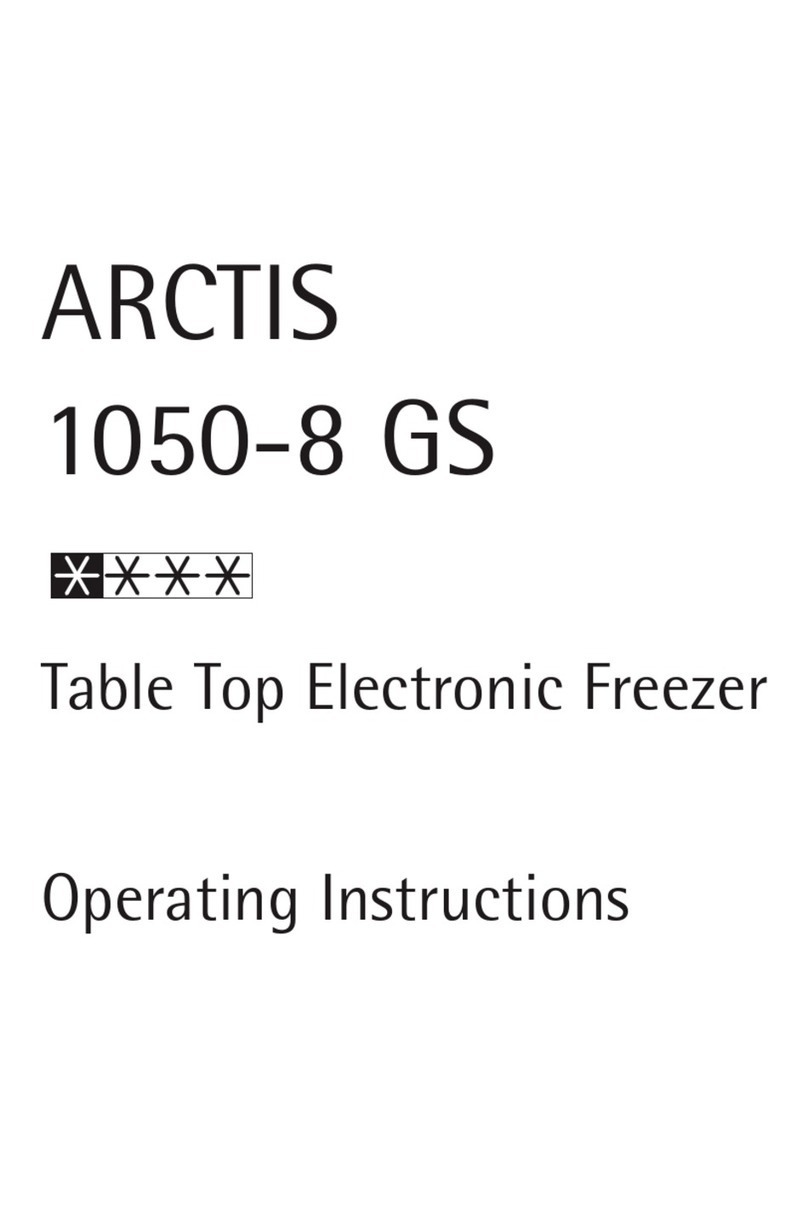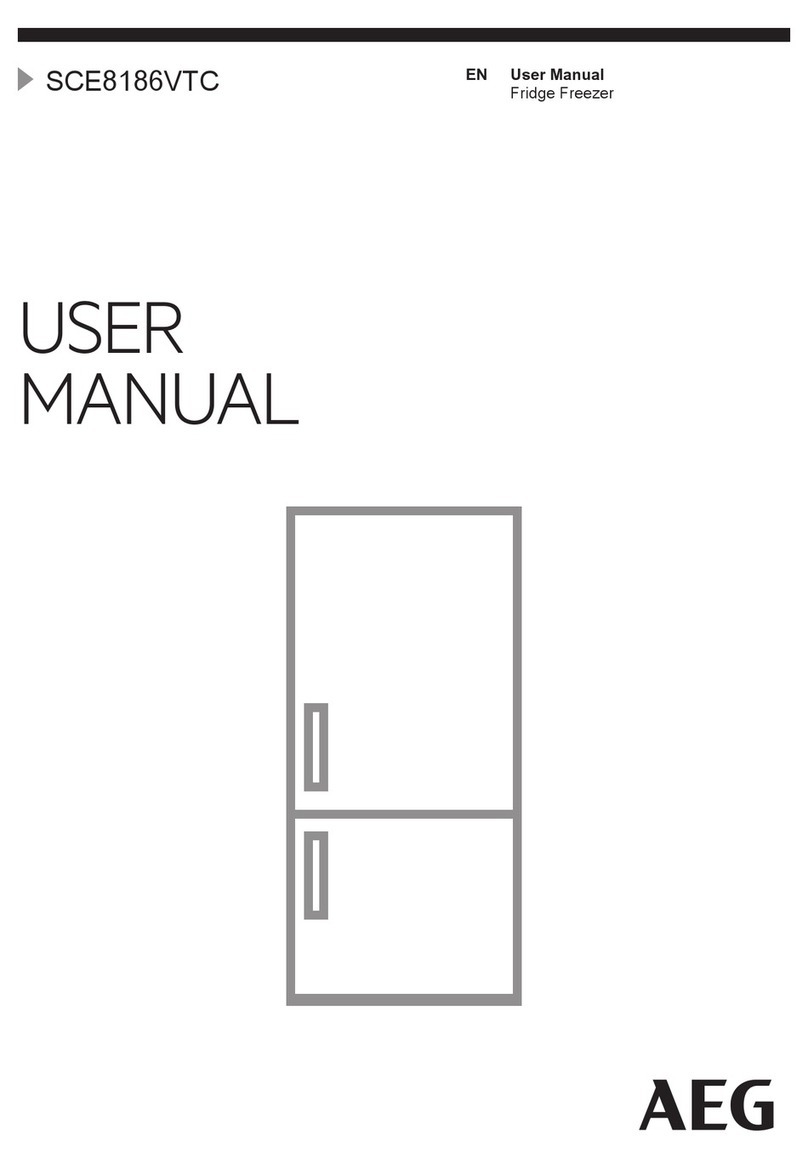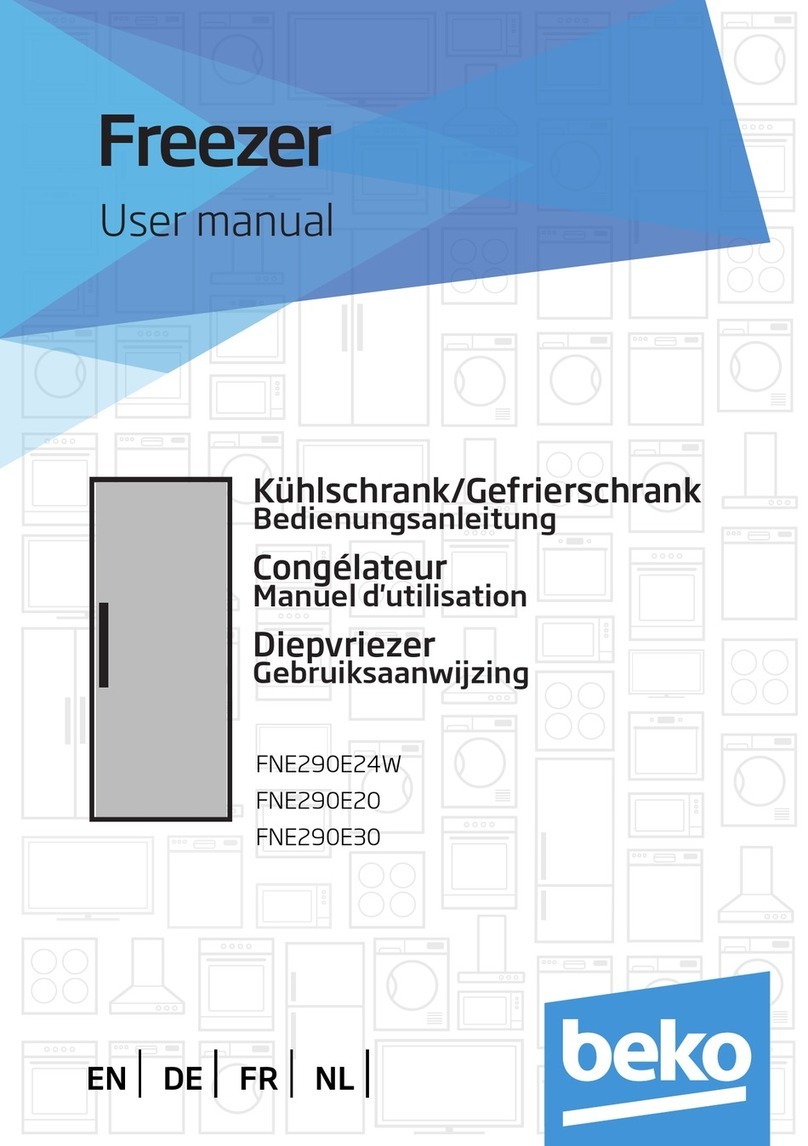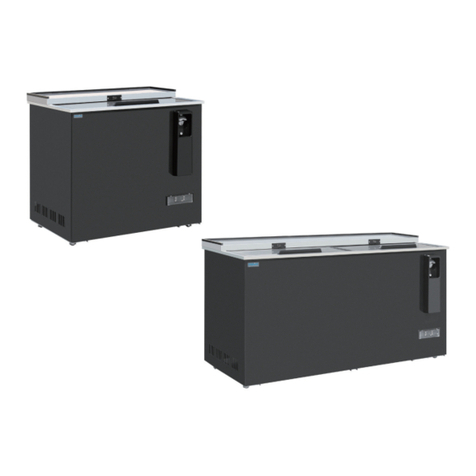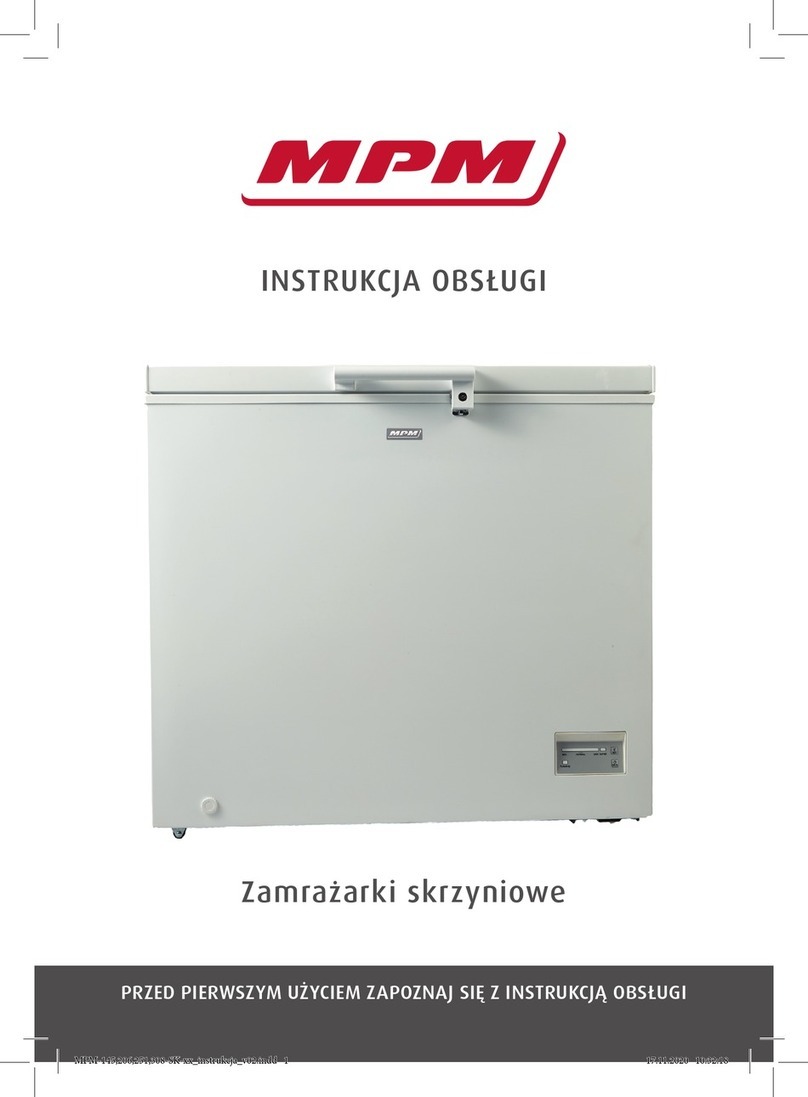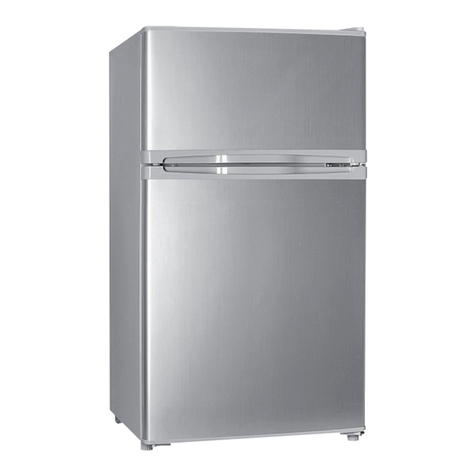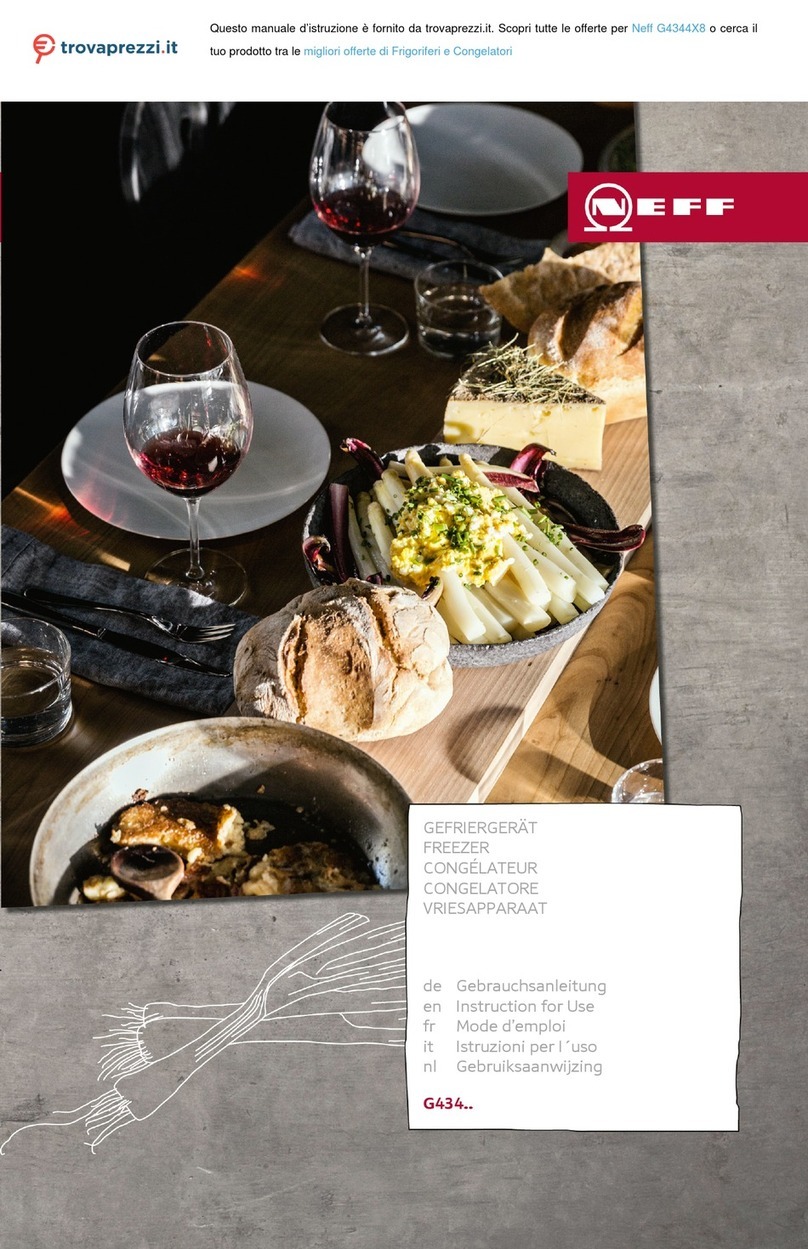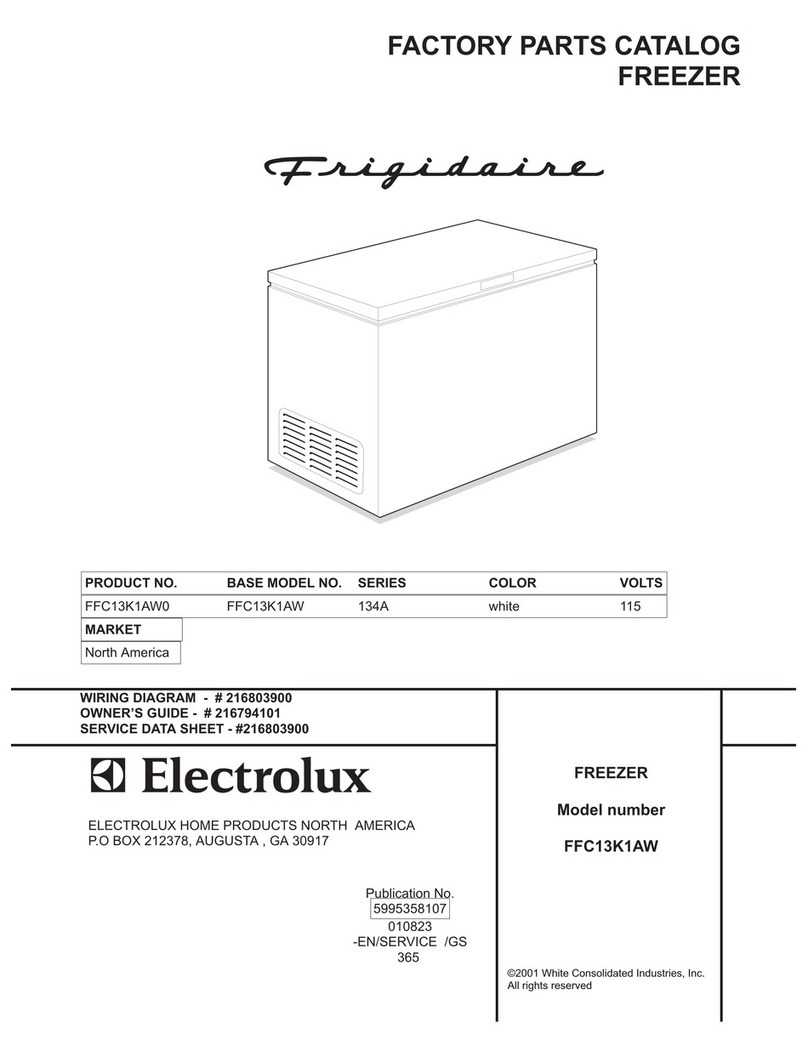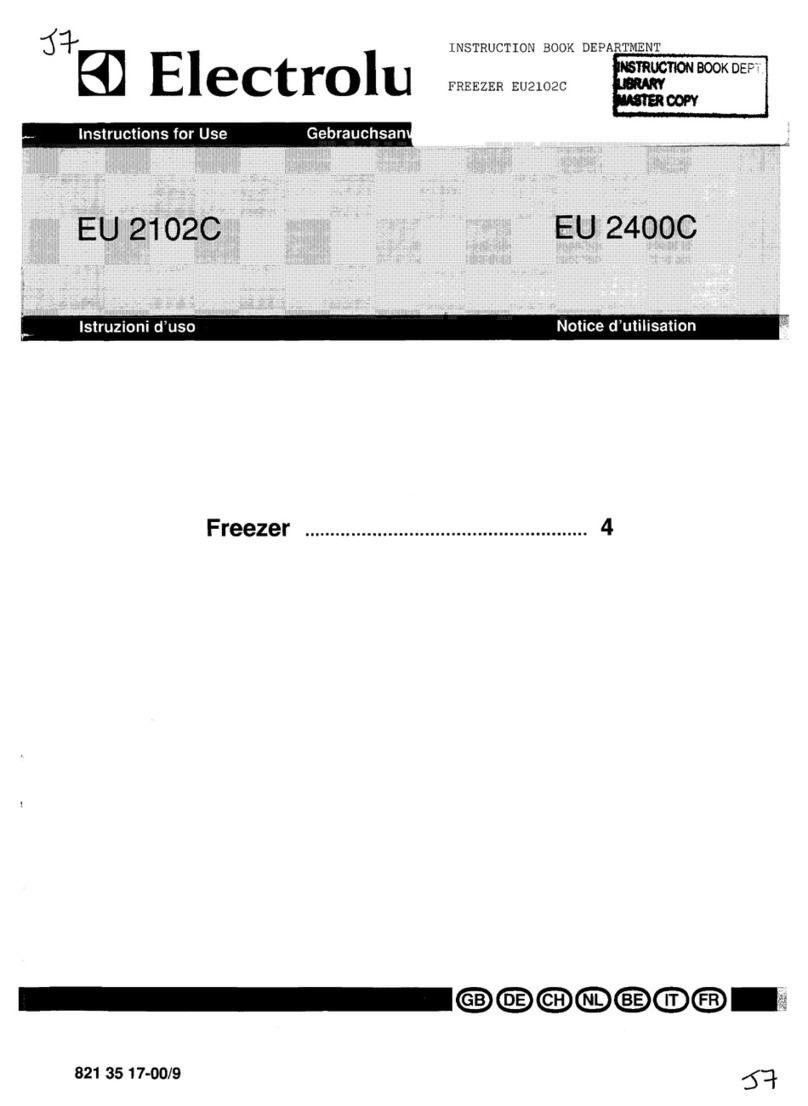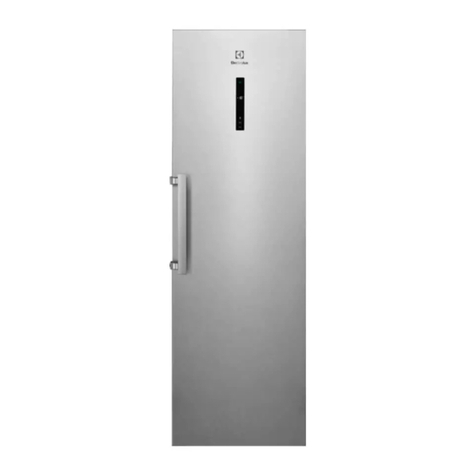AEG OKO ARCTIS 3383 User manual
Other AEG Freezer manuals
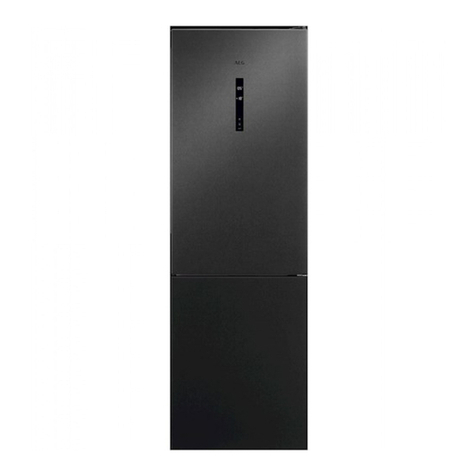
AEG
AEG RCS732ECMB User manual
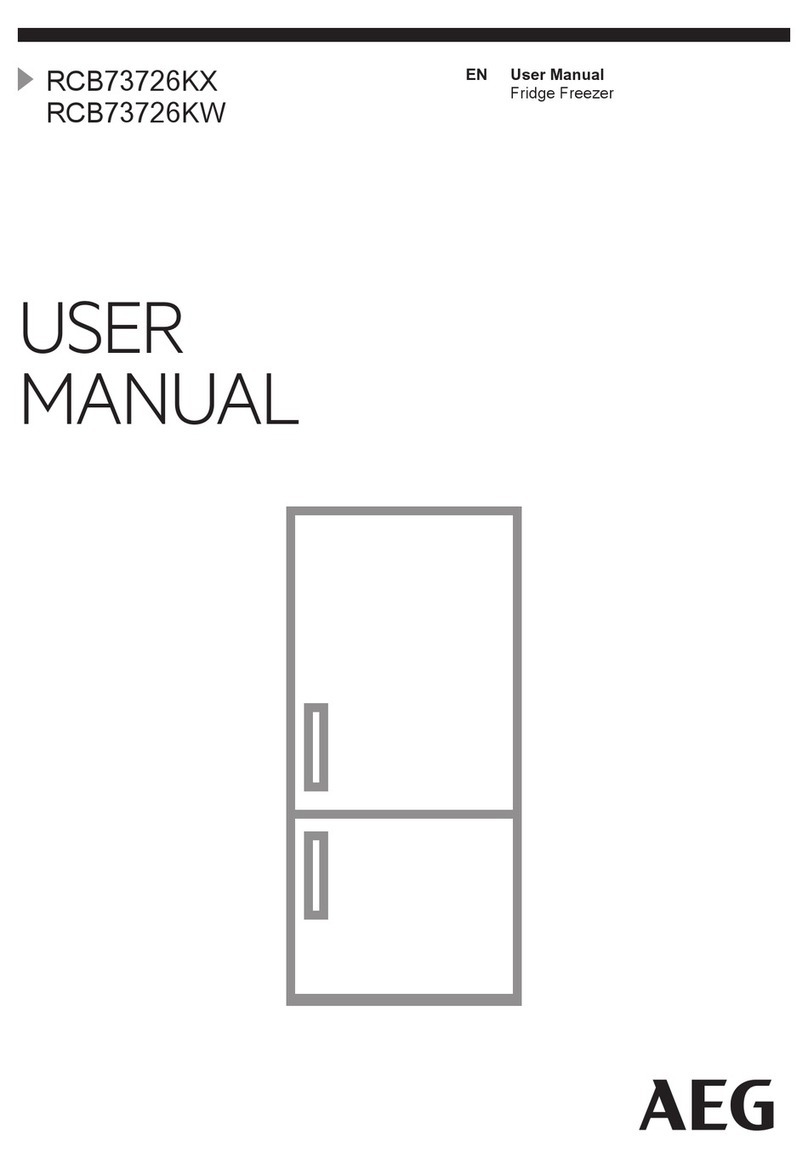
AEG
AEG RCB73726KX User manual
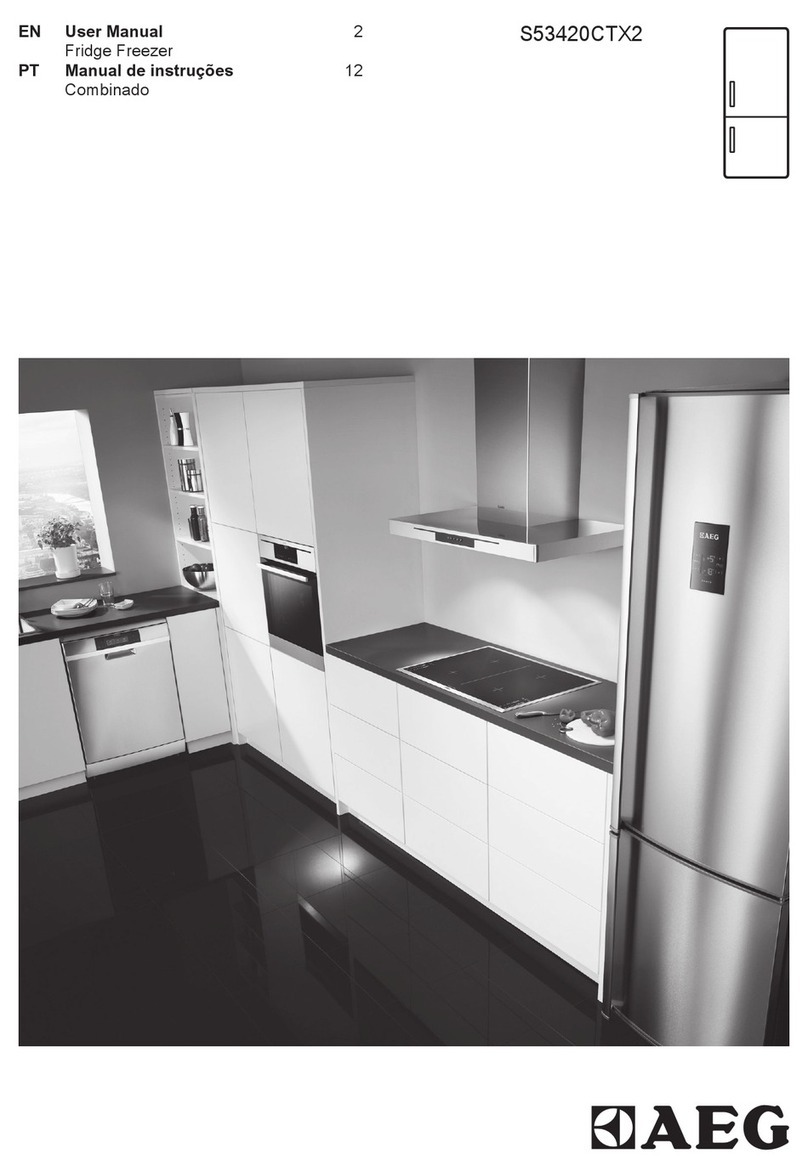
AEG
AEG S53420CTX2 User manual

AEG
AEG A72710GNW0 User manual
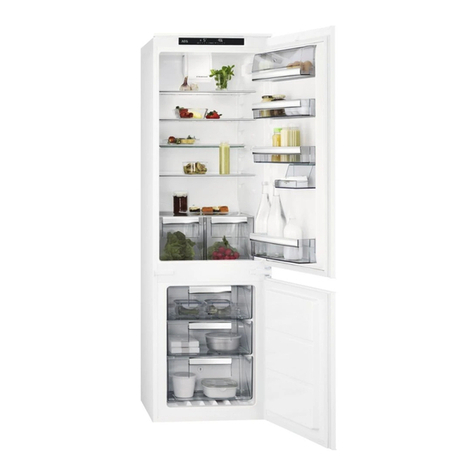
AEG
AEG SCE81816TS User manual

AEG
AEG OKO-Arctis 1244-4 User manual

AEG
AEG Arctis 361 Electronic User manual
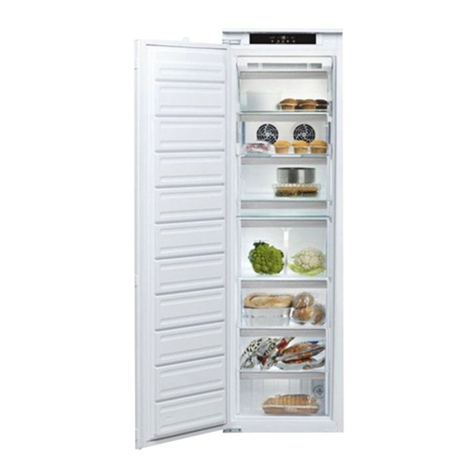
AEG
AEG ABE81816NC User manual
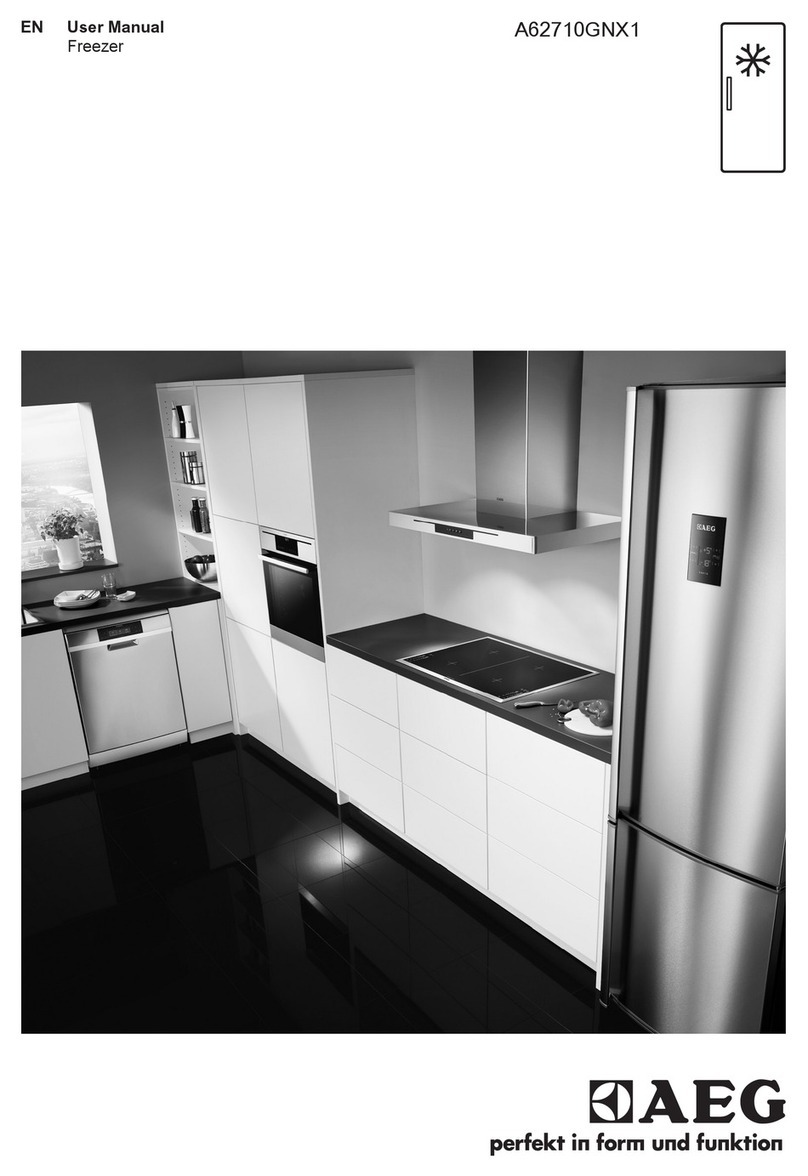
AEG
AEG A62710GNX1 User manual
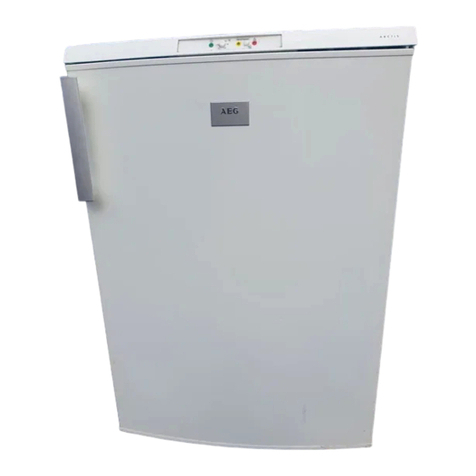
AEG
AEG A60120GS4 User manual
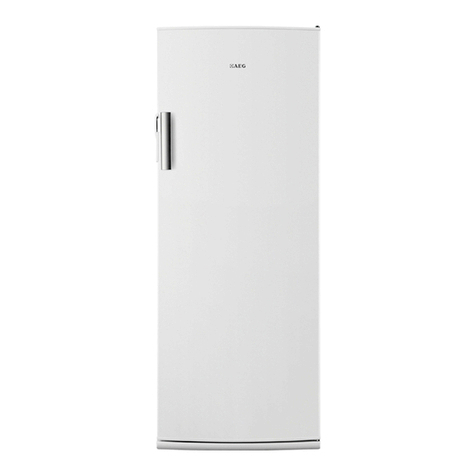
AEG
AEG A42220GSW0 User manual
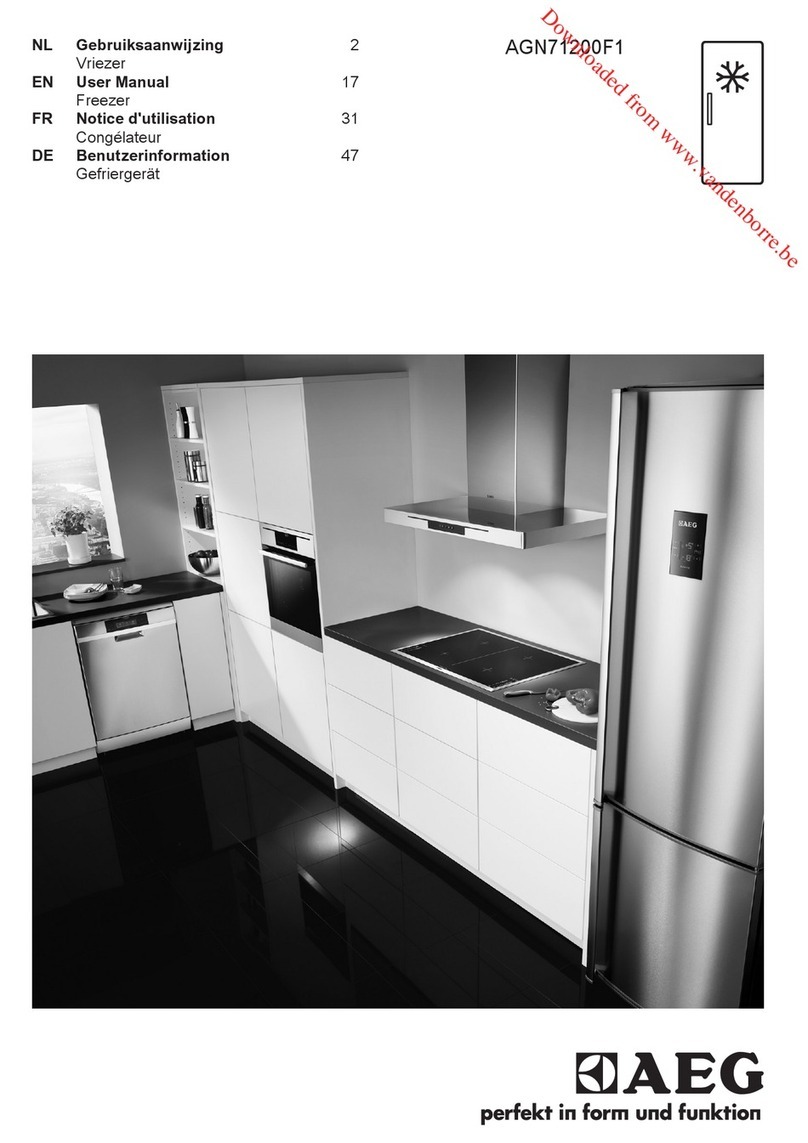
AEG
AEG AGN71200F1 User manual

AEG
AEG OKO_ARCTIS 3192 GA User manual
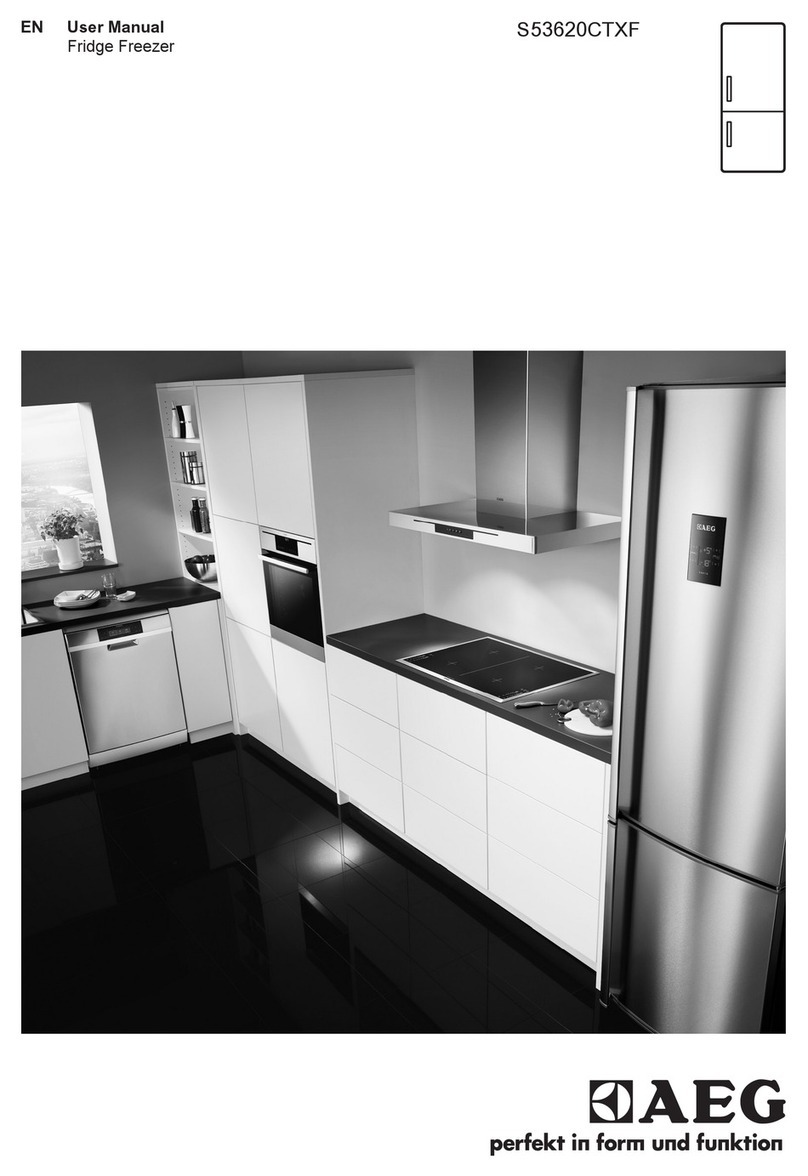
AEG
AEG S53620CTXF User manual

AEG
AEG Arctis 2700GT User manual
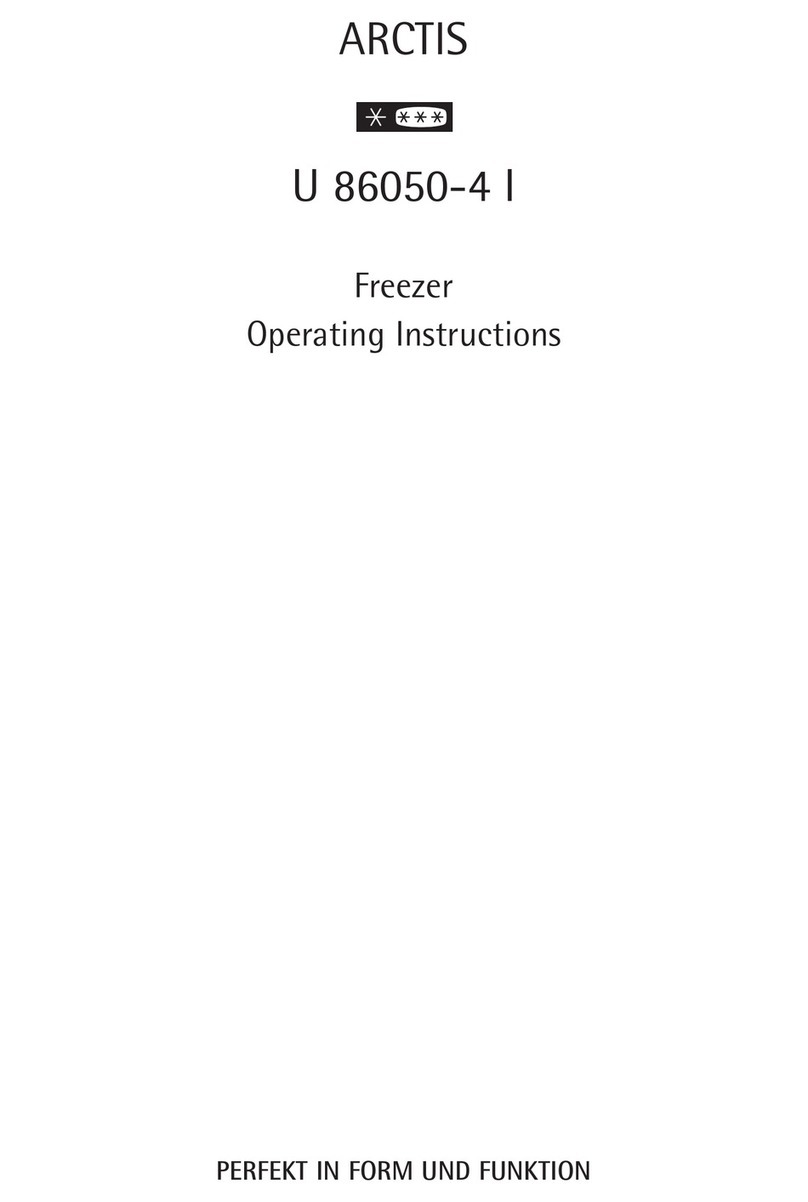
AEG
AEG ARCTIS U 86050-4 I User manual
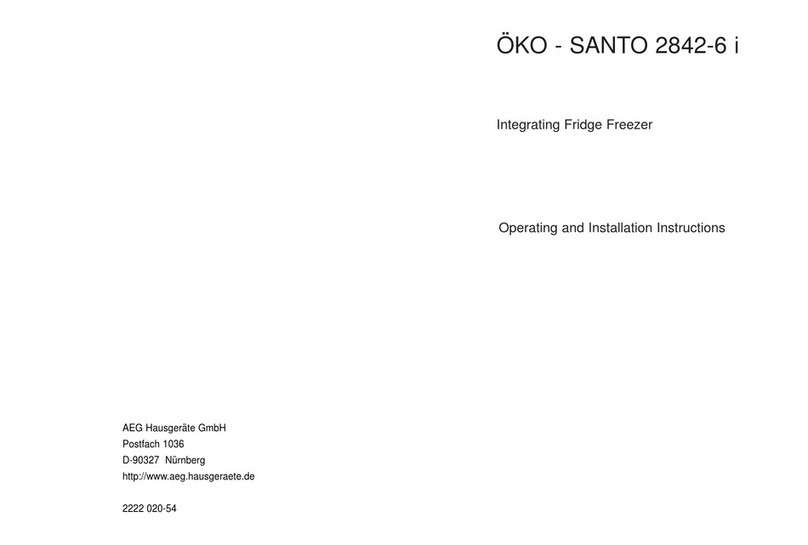
AEG
AEG OKO-SANTO 2842-6 i User manual
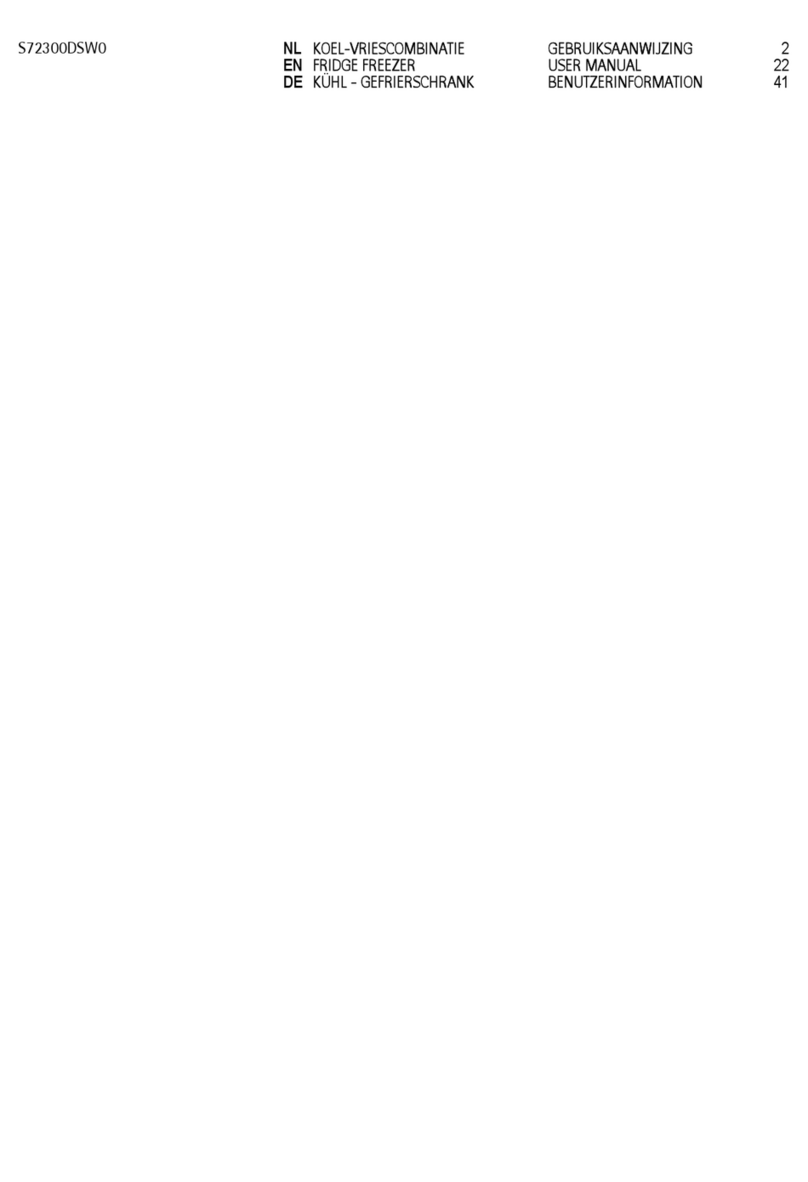
AEG
AEG S72300DSW0 User manual

AEG
AEG ARCTIS 401GT JUMBO User manual

AEG
AEG Arctis 0832-5I User manual
